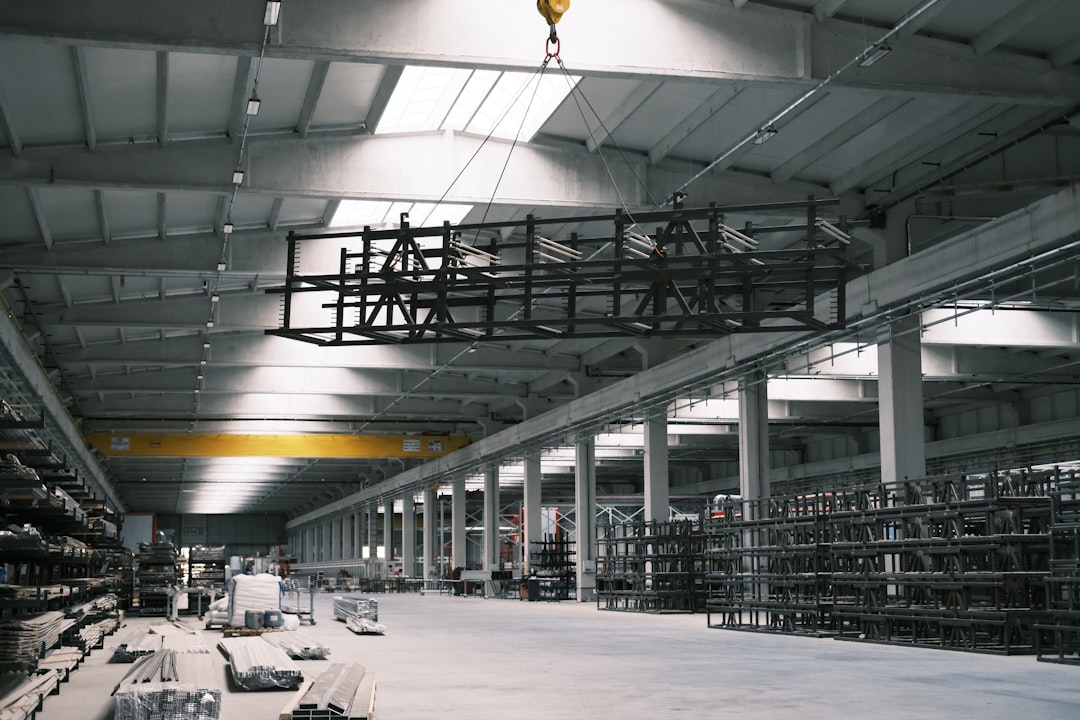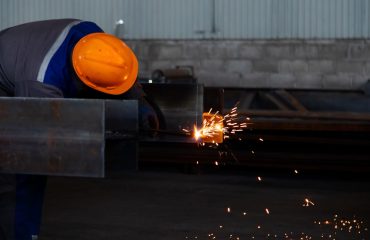body {
font-family: sans-serif;
line-height: 1.6;
}
h1, h2, h3 {
color: #333;
}
img {
max-width: 100%;
height: auto;
}
In the world of industrial design, structural integrity is paramount. Choosing the right materials and components can significantly impact a project’s success, longevity, and overall cost-effectiveness. Among the many options available, IPN beams stand out for their exceptional strength-to-weight ratio and versatility. This comprehensive guide delves into the world of IPN beams, exploring their applications, advantages, and crucial considerations for their effective implementation in industrial designs.
Understanding IPN Beams: What Are They and Why Use Them?
IPN beams, or Parallel Flange I-Beams, are a type of rolled steel section characterized by their parallel flanges (the top and bottom horizontal sections) and a central web (the vertical connecting section). Unlike other I-beams like HEA or IPE beams, IPN beams offer a distinct advantage: their parallel flanges simplify connections and fabrication. This simplifies welding, bolting, and other joining processes, leading to faster construction times and reduced labor costs. Their consistent flange width also contributes to a more predictable and reliable structural performance.
The use of IPN beams is prevalent in numerous industrial applications due to their high strength-to-weight ratio. This means they can support significant loads while maintaining a relatively lightweight profile, making them ideal for applications where weight is a critical factor, such as in construction, manufacturing, and transportation.
Applications of IPN Beams in Industrial Design: A Diverse Range
The versatility of IPN beams makes them suitable for a wide range of industrial applications. Some common examples include:
- Structural support in buildings: IPN beams are frequently used in industrial buildings, warehouses, and factories to support roofs, floors, and mezzanines.
- Machinery frameworks: Their robust construction and parallel flanges make them ideal for creating sturdy frameworks for heavy machinery and equipment.
- Bridge construction: In certain bridge designs, IPN beams contribute to efficient load distribution and structural integrity.
- Crane structures: The high strength and reliable performance of IPN beams make them a suitable choice for supporting crane systems in industrial settings.
- Transportation infrastructure: They can be found in the construction of railway platforms, elevated walkways, and other transportation-related structures.
Advantages of Choosing IPN Beams Over Alternatives: A Cost-Benefit Analysis
Compared to other structural steel sections, IPN beams offer several key advantages:
- Simplified Connections: The parallel flanges greatly simplify welding and bolting, reducing fabrication time and costs.
- High Strength-to-Weight Ratio: They provide excellent load-bearing capacity while minimizing weight, which is crucial in many industrial applications.
- Cost-Effectiveness: While initial material costs might be comparable, the ease of fabrication often translates to overall cost savings.
- Improved Design Flexibility: Their consistent geometry allows for more predictable and reliable structural calculations, simplifying the design process.
- Durability and Longevity: Made from high-quality steel, IPN beams offer excellent resistance to corrosion and wear, ensuring long-term performance.
Design Considerations for Effective IPN Beam Implementation: Ensuring Structural Integrity
While IPN beams offer numerous benefits, proper design considerations are crucial for ensuring optimal structural integrity. These include:
- Load Calculations: Accurate load calculations are essential to determine the appropriate size and spacing of IPN beams for a given application.
- Support Conditions: The type and location of supports significantly influence the beam’s behavior and load capacity.
- Connection Design: Appropriate connection methods (welding, bolting) must be selected to ensure adequate strength and stability.
- Corrosion Protection: In corrosive environments, suitable corrosion protection measures, such as painting or galvanizing, should be implemented.
- Compliance with Standards: Design and construction must adhere to relevant building codes and industry standards to ensure safety and compliance.
Advanced Applications and Future Trends: Exploring the Potential of IPN Beams
The applications of IPN beams are constantly expanding. Ongoing research and development are exploring new ways to optimize their use in advanced industrial designs. For example, the integration of IPN beams with other high-strength materials, such as composites, is showing promising results in creating even lighter and stronger structures. Furthermore, advancements in manufacturing techniques are leading to more efficient and cost-effective production of IPN beams, further enhancing their appeal in the industrial design sector. The use of Finite Element Analysis (FEA) software is also becoming increasingly important for precise design optimization and stress analysis of structures incorporating IPN beams, ensuring optimal performance and safety.
In conclusion, IPN beams represent a valuable asset in the arsenal of industrial designers. Their unique combination of strength, efficiency, and ease of fabrication makes them a compelling choice for a wide range of applications. By carefully considering the design aspects outlined above, engineers and designers can leverage the full potential of IPN beams to create robust, reliable, and cost-effective structures for a variety of industrial projects.
Tags: IPN beams, industrial design, structural steel, parallel flange I-beams, steel construction, engineering design, structural engineering




